This holiday season, residents of Coppermine Place in Herndon, VA are celebrating a transformative upgrade in their community, the result of a thoughtful collaboration with the world’s largest home furnishings retailer, IKEA.
Through a new partnership with the home furnishings retailer, the IKEA interior design team visited the community to assess how trauma-informed design could enhance spaces in the community.
[Trauma-informed design is an empathy-driven approach focused on creating spaces that address the needs of individuals who have experienced trauma. Its goal is to foster healing and enhance overall well-being. Rather than a single design change, trauma-informed design involves a series of thoughtful adjustments that make a space feel welcoming and comfortable. This can include changes to lighting, finishes, color schemes, and the overall sense of space, all of which contribute to creating an environment that supports emotional safety and comfort.]
“IKEA recognizes the importance of having great design and functional solutions to fit the needs of the many people. It is through partnerships like the one with Wesley Housing that we can help fulfill this need”, said Carmen Spinola, IKEA DC Area Market Manager.
Phase 1 of the transformation was completed this month, which involved a trauma-informed makeover of the community room at Coppermine Place II, a building dedicated to older adults. The newly redesigned space, finished just in time for the holiday party, now provides residents with a welcoming place to gather, connect, and celebrate. Phase 2 will extend these upgrades to Coppermine Place I, a building dedicated to individuals living with disabilities and traumatic brain injury.
These changes are part of Wesley Housing’s ongoing commitment to enhancing the quality of life for its residents. Coppermine Place I and II are home to 119 residents, many of whom live on extremely limited incomes of under $14,000 per year. Shared spaces like the community room are vital for combating the negative effects of social isolation and loneliness (SIL) and engaging in meaningful social, health, and wellness programs. By incorporating trauma-informed design, we can foster spaces that not only make residents feel at home but also help them thrive emotionally and socially.


